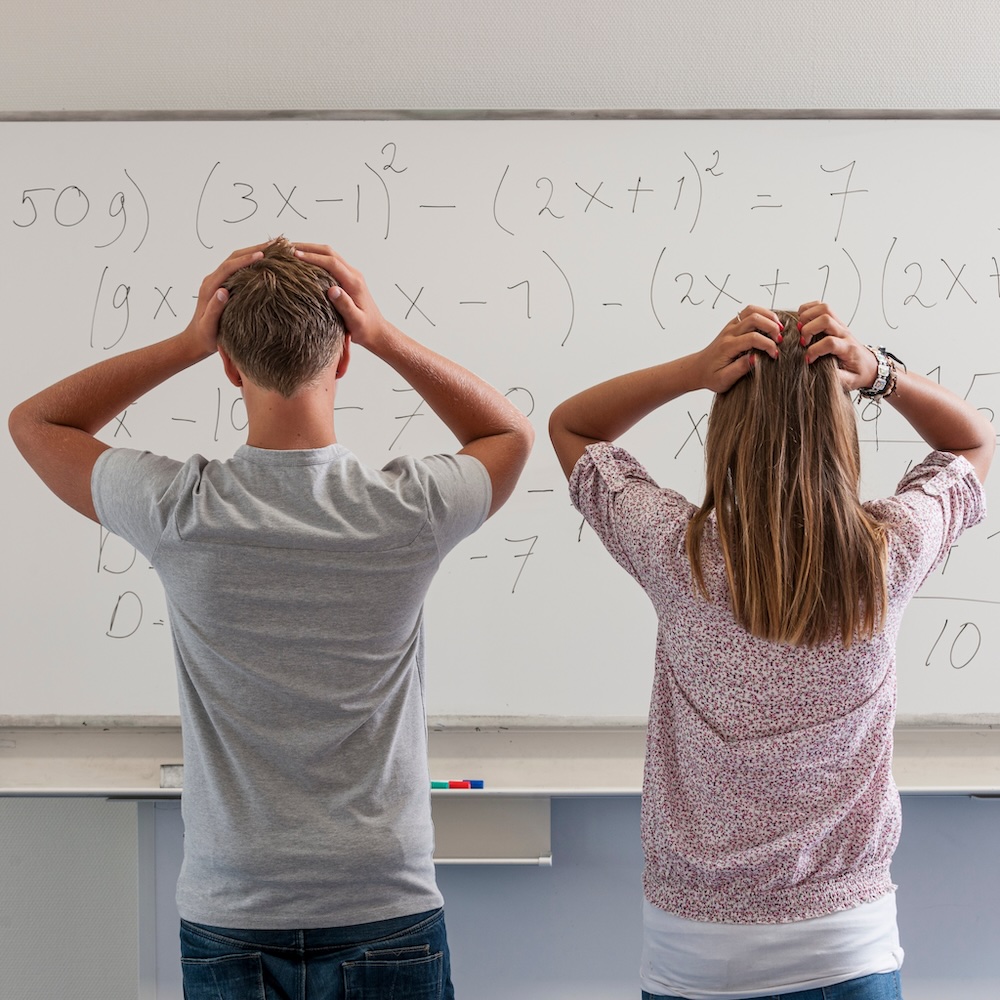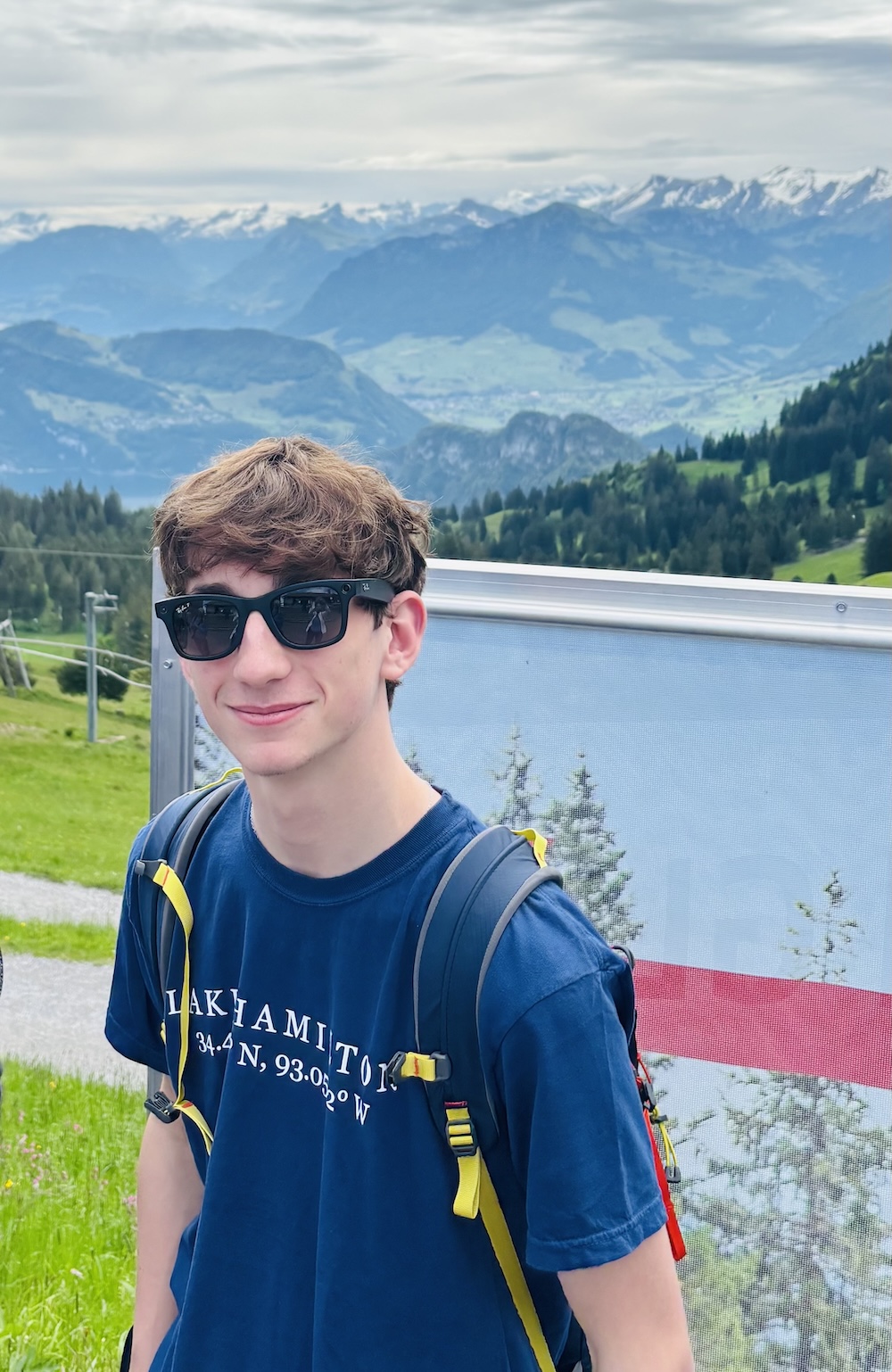Master Physics Through Rock Climbing
Elevate Your Climbing Skills with Physics Knowledge
Struggling to Understand Physics Concepts in Climbing?
Many rock climbers face challenges in grasping the physics behind climbing techniques. Without accessible explanations tailored to climbing, you might feel confused, miss out on optimizing your performance, and limit your safety and growth in the sport.
- Confusion: Complex physics concepts can seem daunting and impossible to learn, much less master.
- Missed Performance Gains: Lack of understanding can prevent you from improving your climbing technique.
- Safety Risks: Not grasping the basics may hinder your ability to assess risks properly.
If You’ve Ever Felt Like Physics Just Isn’t Your Thing, You’re Not Alone
Many people struggle with physics, especially when explanations are dry or overly complex. This challenge can leave you feeling frustrated or “not smart enough” to connect the dots. Physics can make sense when it’s grounded in something you love, like climbing.
- Feeling Lost in Physics: When terms get technical, it’s easy to feel left out of the conversation.
- Self-Doubt: Struggling with concepts that others seem to “get” can make you doubt your ability to learn.
- Need for Real Connections: Without relatable examples, physics can feel abstract and irrelevant.
I use climbing as an analogy to bring physics to life. By linking fundamental physics principles to real climbing movements, risks, and techniques, I make it easy to see how these concepts work in action, helping you learn in a natural and empowering way.
Your Path to Mastering Climbing Physics
Step 1: Download the Free Guide
Get immediate access to engaging, easy-to-follow videos.
Step 2: Learn the Physics at Your Own Pace
Learn physics through tangible, real-life climbing examples.
Step 3: Understand the Basics
Build a strong foundation to advance your climbing skills.
About Us: Your Guide to Climbing Physics
James Miller
Personal Journey to Grasping Physics in Climbing
My name is James Miller, and like many climbers, I once found physics overwhelming. Learning physics was difficult for me at first, too. I had to experiment with real climbing scenarios to fully understand things. As a rock climber and robotics enthusiast since 2022, I realized that relating physics concepts to climbing made all the difference. This approach not only improved my understanding but also enhanced my climbing performance and safety. My unique perspective allows me to connect with fellow climbers and make physics relatable and fun.
Overcoming Challenges in Physics Education
Creating this project wasn’t easy. The vastness of physics made it challenging to determine which concepts were most relevant to climbers and how to present them effectively. Many climbers don’t know where to start or how physics applies to their sport. To overcome these challenges, I reflected on my own learning journey and observed the issues faced by my climbing peers. I also sought insights from other climbers who struggled with physics. By putting myself in your shoes, I’ve developed a method that simplifies complex ideas through engaging, real-world climbing examples.
Milestones in My Climbing Physics Journey
Throughout this journey, I’ve achieved several key milestones. The biggest achievement has been finalizing the core content and structure of the video guides. One memorable moment was when I finally understood how the center of gravity affects balance on the wall, greatly improving my technique. This breakthrough inspired me to help others experience the same clarity and improvement.
Future Goals for Climbing Physics Education
I plan to expand this project into a comprehensive resource that covers more advanced topics and includes interactive elements. My vision is to provide climbers with tailored steps to achieve their learning goals while educating them about physics in an engaging way. The ultimate goal is to genuinely help someone improve their understanding and appreciation of physics to enhance their climbing. While not everyone may be profoundly influenced, making a significant difference in one person’s climbing journey would make the project successful. My driving philosophy is that physics—the fundamental rules of our world—should be accessible to everyone and explained in a way that makes sense to climbers.
Frequently Asked Questions
What is the main goal of your program?
To help rock climbers understand basic physics concepts through real-world climbing examples.
What kind of physics topics do you cover?
Fundamental concepts like force, energy, friction, balance, center of gravity, and how they apply to climbing techniques and safety.
How can I access your resources?
Simply download our free video guide and start learning at your own pace.
What makes your program different from other physics resources?
Our content is tailored specifically for rock climbers, using tangible climbing examples that make learning relatable and fun.
How do I apply these physics concepts to my climbing?
Our videos include practical applications and tips on how to incorporate physics understanding into your climbing techniques and safety practices.
Who provides the physics information on your platform?
The content is created by me, James Miller, a fellow climber who has studied physics and robotics since 2022.
Research References
(Click to expand)
Source 1: Understanding Newton's Laws in Climbing Movements
Source 2: Energy Conservation on the Rock Face
Source 3: The Physics of Rope Dynamics and Fall Factors
Disclaimer
Important Disclaimer
- Enthusiast, Not an Expert:
- While I’m passionate about physics and have studied it extensively, I am not a certified physicist or climbing instructor. I am still a student learning myself.
- Educational Purpose:
- The information provided in this resource is intended for educational purposes only. It should not be considered professional advice.
- Consult Professionals:
- Always consult with qualified educators or climbing professionals for advice tailored to your specific needs.
- Safety First:
- Climbing is inherently risky. Always practice safe climbing techniques and consult professionals.
- Starting Point:
- This resource is designed to be a starting point for your physics education in climbing, not a comprehensive guide. Use it to build your knowledge, but rely on professionals for advanced instruction.
Research References
- Trevissoi, M. C. (2024). Development of an innovative “Hands on Physics” methodology for teaching Physics at high school level (Doctoral thesis). Università degli studi di Ferrara. https://hdl.handle.net/11392/2543592
The research documents two educational experiences at a STEM-oriented high school in Italy that emphasizes active, hands-on learning and collaboration inspired by methods from MIT. These approaches engage students in the entire process of their STEM projects, leading to improved attitudes toward physics and better academic performance. Additionally, the methods promote inclusive learning environments, reduce gender gaps, and foster essential lifelong learning skills in line with recent educational guidelines from the Italian Government and the European Union.
- Johnston, A. (2022, May 20). A physicist’s love of climbing leads to a new kind of class | Oregon News. University of Oregon. Retrieved October 9, 2024, from https://news.uoregon.edu/content/physicists-love-climbing-leads-new-kind-class
Johnson highlights Graham Kribs, a faculty member at the University of Oregon, who developed a unique course called PEO369M: Science of Climbing, merging physics with rock climbing. Inspired by his own climbing techniques and equipment safety through hands-on experiments, such as measuring forces in pulley systems and testing gear strength with a watermelon as a crash test dummy. Primarily attended by nonmajors, the course helps students transition from skepticism to engagement, fostering a deeper appreciation for the physics involved in climbing while benefiting from Oregon’s rich outdoor culture.
- Courtemanche, S. (2014). Analysis and simulation of optimal motions in rock climbing (Doctoral thesis, Université de Grenoble). HAL. https://theses.hal.science/tel-01395561
This article discusses how researchers studied optimal human movements in climbing by collecting data using motion capture and force sensors. They analyzed the biomechanics of climbing sequences to understand how climbers can optimize their movements, focusing on factors like torque distribution and energy efficiency. They also looked at the timing of gestures to determine the best movement sequences, although they noted some limitations regarding decision-making during climbs. Overall, it highlights the complexity and diversity of climbing techniques while linking them to the principles of physics and biomechanics.



